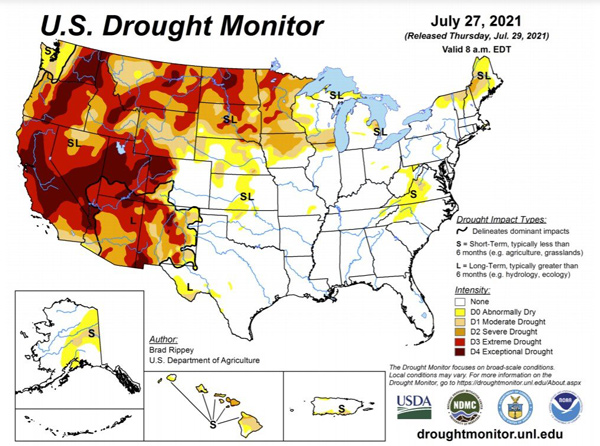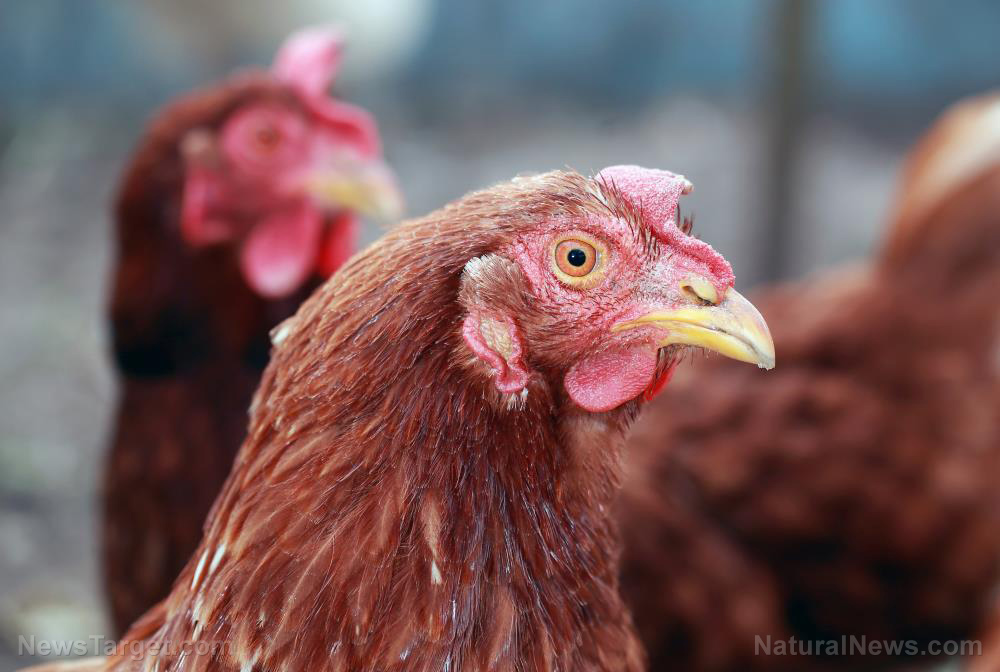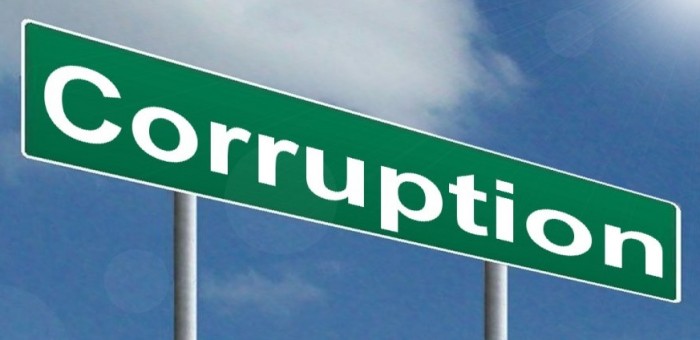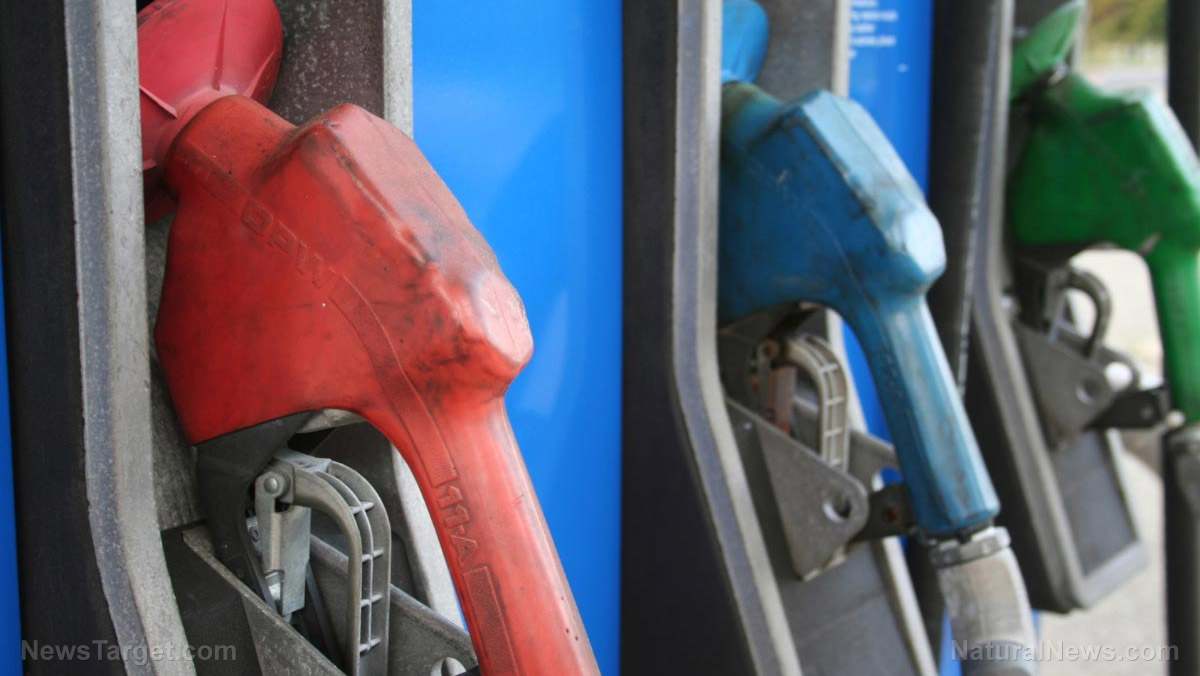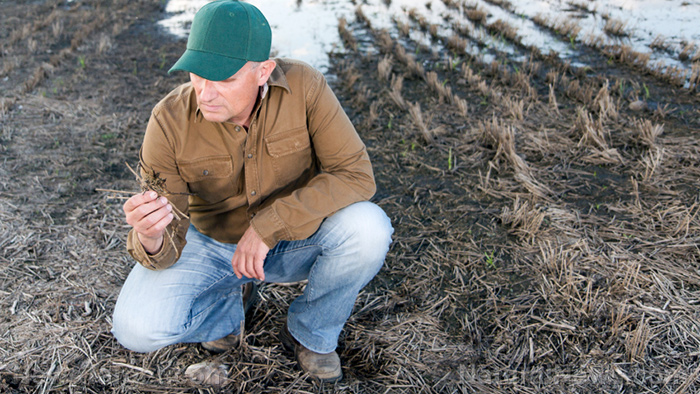Are you part of the problem? Plastic pollution and its negative side effects on wildlife
05/02/2019 / By Edsel Cook

A piece of plastic trash doesn’t have to be accidentally swallowed by an animal for it to harm the creature’s chances of survival. Plastic pollution has grown so prevalent that it is disrupting the courtship and mating rituals of water birds and wildlife. This could contribute to the further decline of endangered animals that are already struggling to replenish their diminishing numbers.
At the Ogston reservoir of Derbyshire in the U.K., a local photographer was snapping photos of a breeding pair of great crested grebes (Podiceps cristatus) engaged in a courtship dance. Normally, the birds would alternate in offering each other bits of plants that would be later used to build their nest.
The photographer, Mary Wilde, quickly realized that the yellowish object borne in the beak of one of the grebes was not a weed. Instead, it was a plastic sheet, which the bird soon dropped back down into the water.
“It’s usually a beautiful sight, the birds dive down to offer each other bits of weed and flick their heads back and forth,” Wilde said in an interview.”It dropped the plastic back down into the water afterwards.” (Related: Convenience for us KILLS them: U.K. study finds ALL of the dolphins, whales, and seals washed up on their shores have plastic in their guts.)
A survivor of over-hunting, the great crested grebe is now facing the threat of plastics
The great crested grebe is a migratory waterbird that is capable of flight but prefers to swim. It is usually found in lakes that are ringed by plenty of reeds. Its diet is mostly made up of fish as well as a number of aquatic invertebrates taken during the summer.
First recorded in Anglo-Saxon times (AD 410-1066), the bird is covered in thick waterproof feathers. The qualities of its skin nearly led to its extinction in the U.K., as humans hunted the grebes to make fancy hats and other fur-based articles of clothing.
Eventually, the bird species gained protected status and made a successful comeback. A 2013 census identified more than 4,600 breeding pairs during the summer, with more animals coming over during the winter.
This species of grebe is fairly famous for its complicated mating displays. Both the male and female birds shake their heads at each other before diving beneath the water in search of pretty-looking material that can impress their potential mates.
In the case of the Ogston grebe, it apparently came across a piece of plastic that had sunk to the bottom of the reservoir. The incident indicated that the artificial lake contained enough plastic trash that the chances of a bird coming up with a potentially deadly chunk of plastic was fairly common.
Plastic trash will linger in the environment and ruin birds’ romantic dates
“Plastic pollution has been big news recently thanks to programmes such as BBC’s Blue Planet – but the problem is so close to home, not just in far-away oceans and this photo is a stark reminder of that,” explained Katie Helps of the Derbyshire Wildlife Trust. “In Derbyshire, plastic is clogging up our rivers and places that should be havens for wildlife.”
Helps went on to stress that everyone contributed to plastic pollution. By the same token, everyone could also help prevent plastic waste.
Plastic can physically break apart during its extremely long stay in the environment, but it does not decay. Large fragments could trap, injure, or even kill animals. Meanwhile, the smaller pieces could end up swallowed by animals that mistake the trash for food. The resulting microplastic contamination could go up the food chain until it reached humans.
Sources include:
Submit a correction >>
Tagged Under:
animals, birds, Ecology, environment, great crested grebe, mating, microplastics, plastic debris, plastic trash, wildlife
This article may contain statements that reflect the opinion of the author
RECENT NEWS & ARTICLES
COPYRIGHT © 2017 ENVIRON NEWS

